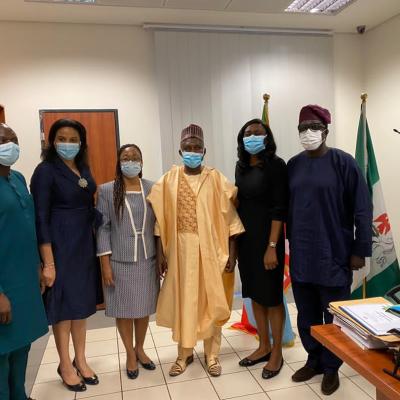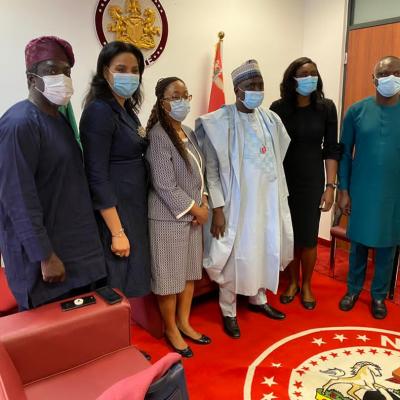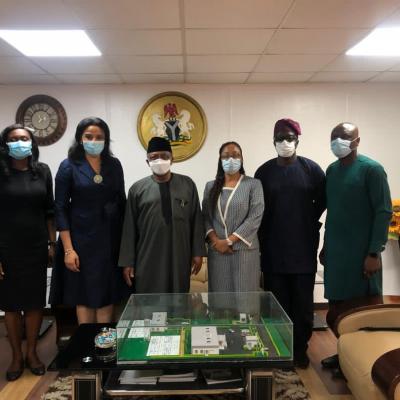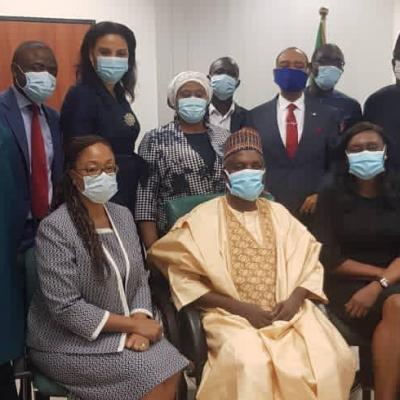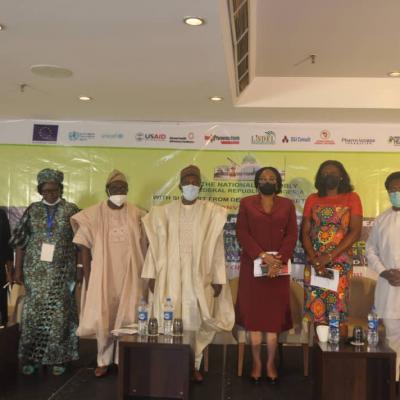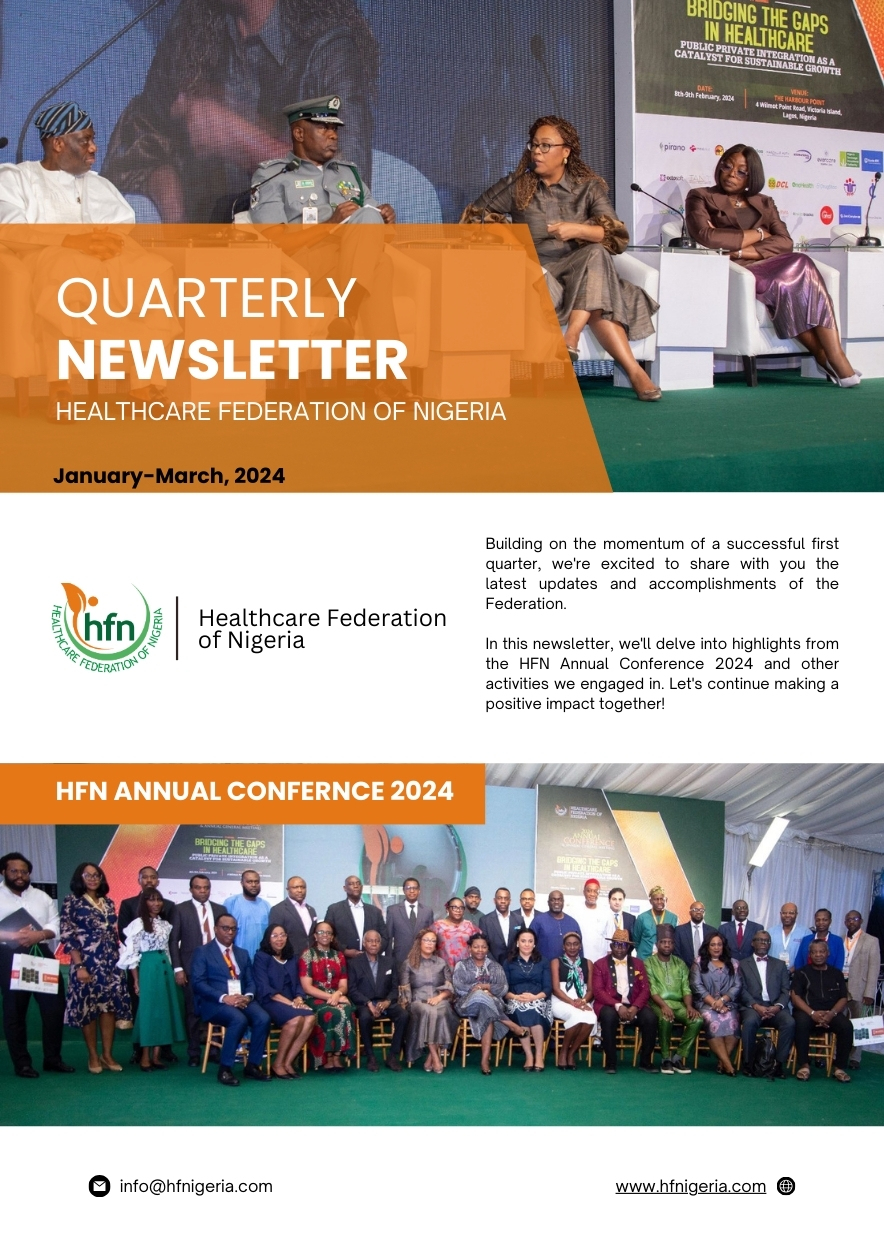 A Specialist Registrar and Associate Fellow in Anaesthesia & Critical Care at the Irrua Specialist Teaching Hospital, Edo State, Dr. Julian Ojebo, says if left untreated, fat necrosis can become gangrenous and lead to death. Ojebo, however, said that, for some people, fat necrosis can dissolve without any treatment.
A Specialist Registrar and Associate Fellow in Anaesthesia & Critical Care at the Irrua Specialist Teaching Hospital, Edo State, Dr. Julian Ojebo, says if left untreated, fat necrosis can become gangrenous and lead to death. Ojebo, however, said that, for some people, fat necrosis can dissolve without any treatment.
Speaking with PUNCH HealthWise, he said that fat necrosis usually occurs when there are surgeries that have to do with soft tissues such as aesthetic surgeries like tummy tuck, breast lift, breast augmentation, breast reduction, thigh reduction, mother-arm fat reduction, and Brazilian butt lift.
According to experts, fat necrosis is a condition that occurs when a person experiences an injury to an area of fatty tissue. This can result in the fat being replaced with the oily contents of fat cells.
“For some people, fat necrosis can shrink on its own if the blood supply around that area is so much.
“But one bad thing about fat necrosis is that it can leave where it is and travel to the heart and stop the heart and if it’s not treated early, it can become gangrenous and cause the death of that person,” Ojebo advised.
The expert said, “Usually, it’s seen when blood supply to a particular place is cut off. In layman’s terms, it is when you cut off blood supply to a particular area and it usually does not heal properly.
“Also, when you do not have the collateral blood supply to a particular place, then you can have necrosis of that particular area, and not necessarily fat.
“But in this context, when you don’t have the supply to that part, you will now have fat necrosis,” he said.
He noted that surgeons usually examine human bodies within four to five hours after a surgical procedure to see if there is a change where the surgery has been carried out.
“For instance, for the breast, you look at the areola of the nipple to know if it’s getting darker and you take a picture of ‘before and after’ the surgery and you take another picture within two to three hours after the surgery to see if there’s a colour change.
“Once it’s getting darker, it means that there is no blood supply to the areola tissue and makes you know that there is some level of necrosis.
“Now, when you have fat necrosis, it’s like you hardball. The fat in your body is not supposed to turn to oil at any point in time, but if it doesn’t get the blood supplies, it will liquefy and that’s a bad omen.
“It’s not usually seen when you do other surgeries that are not aesthetical, it is very common with aesthetic surgery.”
According to him, fat necrosis usually occurs within one to two weeks and it can also be resolved within one to two weeks, for some people.
“But for some, you need to now go and yank off that part and then check for the collateral supply and ensure that the part of the body is supplied the fat that it is supposed to get.
“Those people that have fat necrosis, they really need to see specialists for revision surgery to check what is going on, do Magnetic Resonance Imaging to form pictures of the anatomy and the physiological processes of the body and to know what’s going on,” he said.
According to Healthline, an online portal for health and wellness information, fat necrosis is usually painless, but it can be tender in some people.
“You might also have some redness or bruising around the lump, but there are usually no other symptoms. A fat necrosis lump feels the same as a breast cancer lump, so if you find a lump in your breast, see your doctor,” Healthline says.
The portal added that older women with large breasts are at increased risk for fat necrosis. Other demographic factors, such as race, are not associated with a higher risk of fat necrosis, however.
“Fat necrosis is most common after breast surgery or radiation; so, having breast cancer will raise your risk of fat necrosis.
“Breast reconstruction after cancer surgery may also increase your risk of fat necrosis. For example, there is some evidence that using large flaps or filling tissue expanders with large volumes during breast reconstruction can lead to increased risk of fat necrosis,” it said.
source: Punch

